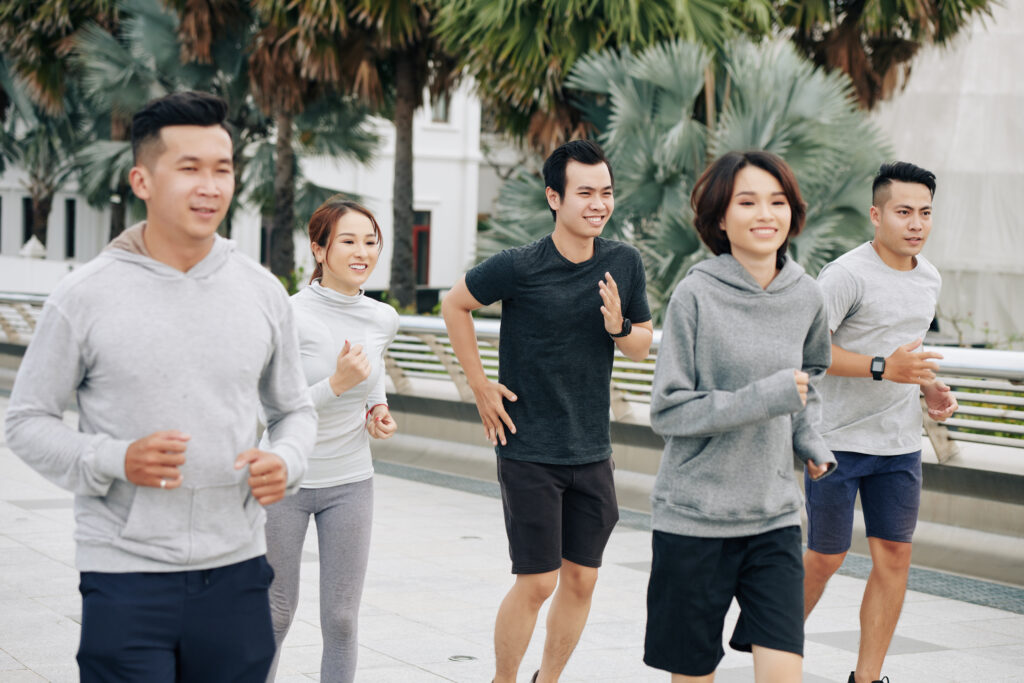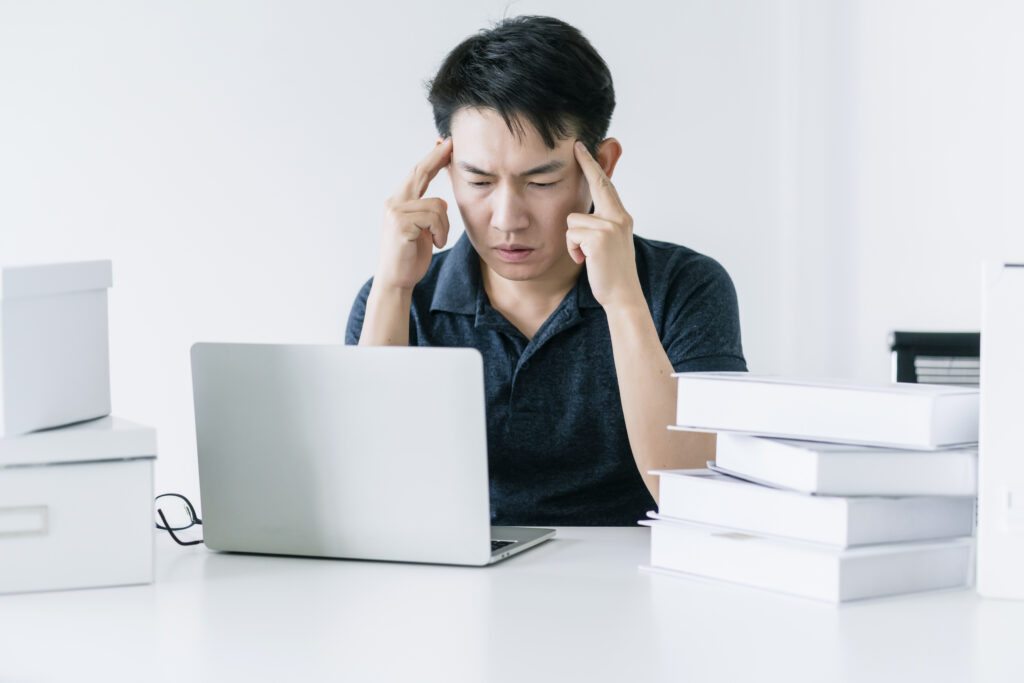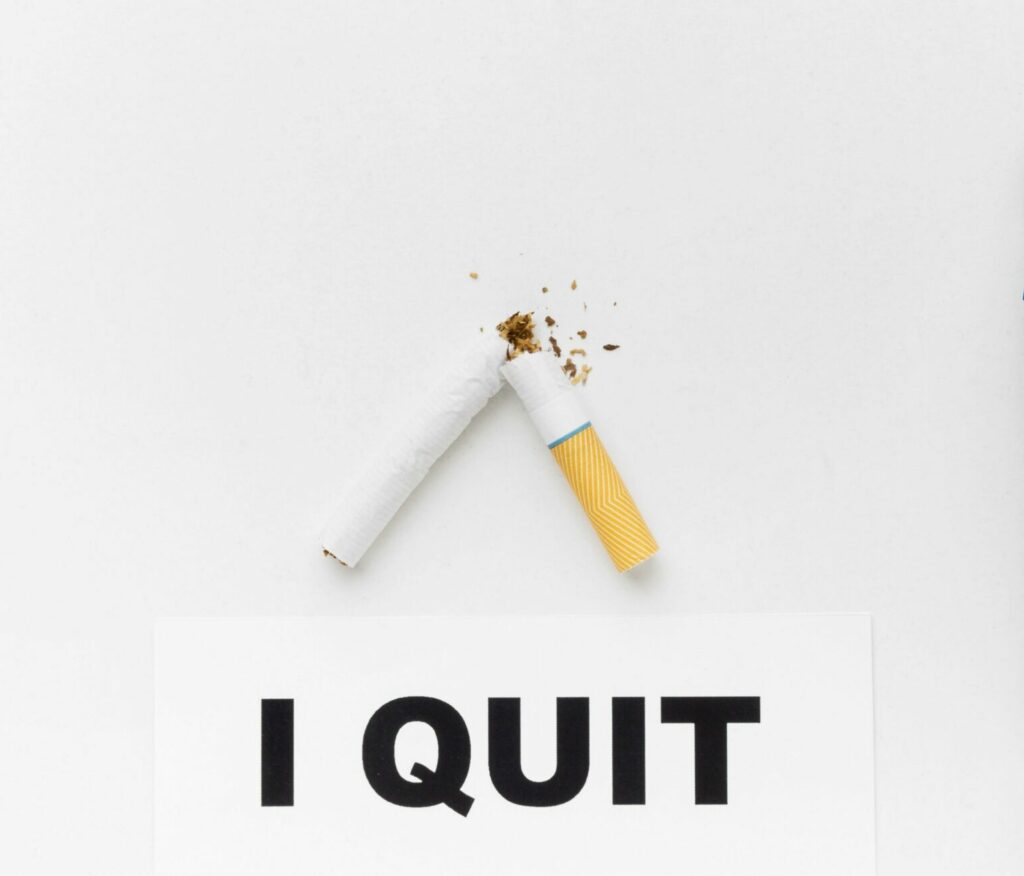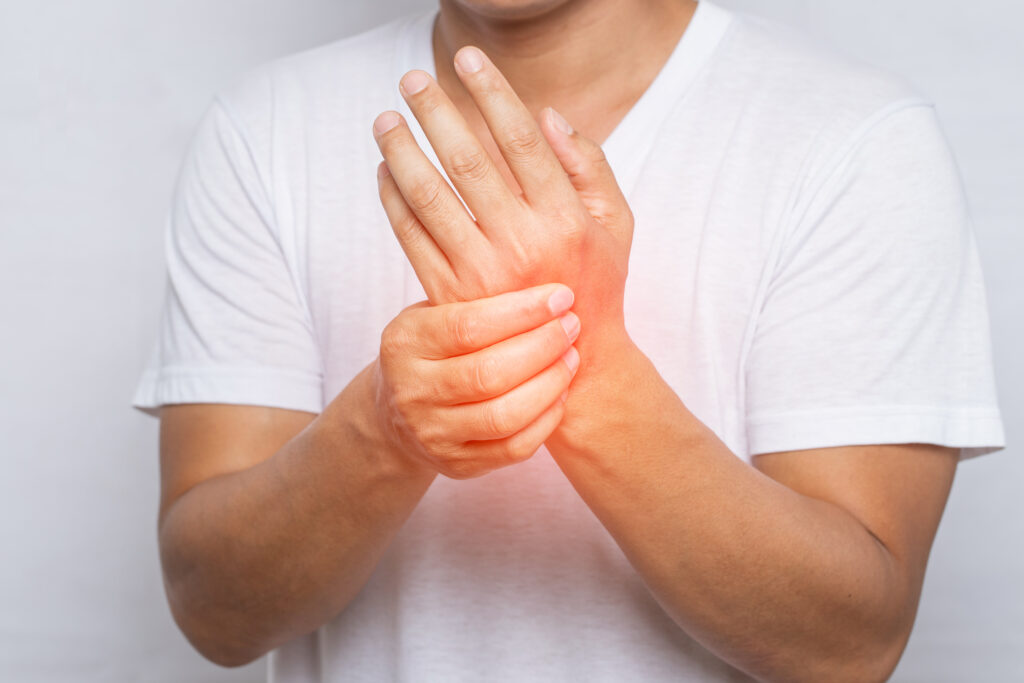
Great Things Starts When You Start To Move …
Being physically active and doing exercise helps to keep bones strong and healthy throughout life. That’s because your bones are living tissues that get stronger when you use them.
As a child, exercise plays an important part in making our bones bigger and stronger; but as we get older, we start to lose bone strength.
That is why keeping up with exercise as you age is important. It strengthens your muscles and keeps your bones strong – making them less likely to break by maintaining bone strength.
Osteopenia becomes a significant concern when it progresses to osteoporosis, which is diagnosed as a substantial loss of bone mineral density.
The best routine for strong bones includes 3 types of exercise:
Weight-bearing exercises: You are weight-bearing when you are standing, with the weight of your whole body pulling down on your skeleton. Weight-bearing exercises are easy to do because they can be done anywhere and often require minimal equipment. This type of exercise loads the weight of your own body on your bones which stimulates bone growth, thus slowing and preventing bone loss. Weight-bearing exercises can be classified into 2 categories: low or high-impact exercises.
- Low-impact: Meaning that the load put on the bones is generally slow and progressive- less jumping, more body movements, such as Tai chi, cardio on elliptical training machines, dancing, brisk walking and gardening.
- High-impact: Typically involves a quick bouncing or bounding movement off of the ground. Examples include stair climbing, running and jumping.
It should be noted that not all exercises are appropriate for everyone. Recent studies have shown that high-impact exercises can benefit your bones, but they may not be appropriate for someone with a history of fractures.
Resistance exercises (muscle–strengthening exercises): When your muscles pull on your bones it gives your bones work to do. Your bones respond by renewing themselves and maintaining or improving their strength. As your muscles get stronger, they pull harder, meaning your bones are more likely to become stronger. To strengthen your muscles, you need to move them against some resistance. Increasing muscle resistance can be done by adding a load for the muscles to work against, such as:- weight machines, dumbbells, kettlebells, weights, resistance bands or even using your own body weight –such as push-ups, or pull-ups. Go for more repetition sets rather than heavier weights for stronger bones and muscles. However, as your muscles get stronger and you find the movements easier, you can gradually increase the intensity of the resistance by increasing the weight of what you lift. This is known as progressive resistance training and research studies have shown that this is likely to be the best type of muscle-strengthening exercise for bone strength.
Balance exercises: Balance exercises challenge the ability to hold yourself upright when you move or are presented with uneven surfaces. Often seen in physical therapy, these exercises can help prevent falls. For individuals with low bone density, it’s especially important to prevent falls that can lead to fractures. Examples tree pose, single leg deadlift, deadbug, BOSU squats and balancing reverse lunges.
The Bone Health & Osteoporosis Foundation has specific recommendations of:-
- Weight-bearing exercise: for at least 30 minutes a day on every day or most days of the week.
- Muscle-strengthening exercises: Aim for 20 – 30 minutes, 2-3 days per week, on non-consecutive days. Working on exercises that target legs, arms and your spine. Work gradually with resistance bands and weights – the most you can lift 8 -12 times. Build up to 3sets of each exercise.
- Balance exercises: every day
A person with osteoporosis should avoid activities that involve :
- High-impact exercises,
- Loaded forward flexion of the spine such as abdominal sit-ups and toe touches
- Risk of falling
- Sudden, rapid or forceful movement, unless introduced gradually as part of a progressive program
- A forceful twisting motion, such as a golf swing, tennis, bowling and some yoga poses, unless you are accustomed to such movements.
Osteoporosis: How to build up exercise for your bone strength (theros.org.uk)
Physical activity alone isn’t enough to improve bone health. In order to optimize bone strength, your body needs the right fuel to build new bone. This is why getting enough vitamins such as calcium and vitamin D is also critical to avoid developing osteopenia and osteoporosis. It is also important to avoid or limit certain foods such as caffeine, salt, sugar, soft drinks, and red meat, that might slow the bone-building process.
Lifestyle choices such as smoking and drinking also play a role in poor bone health. Quitting or cutting back on those activities can definitely help as well.












